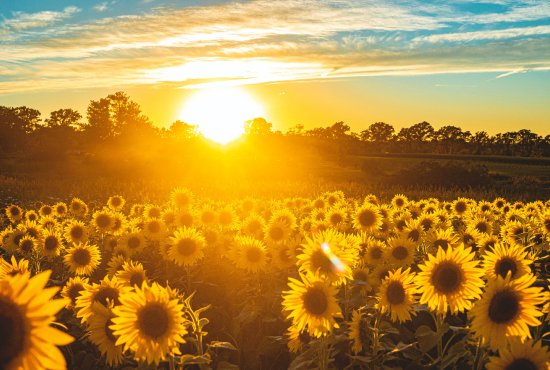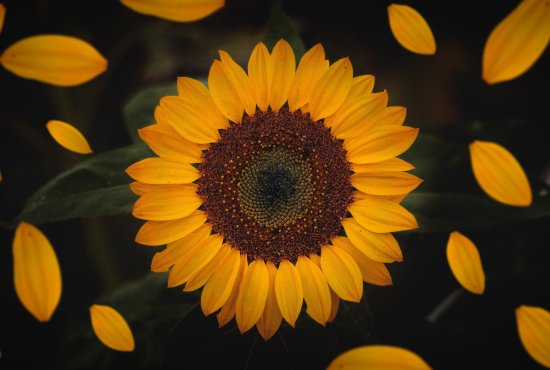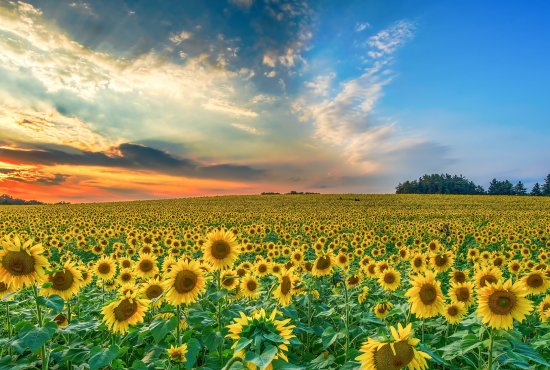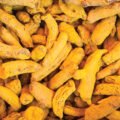Introduction Of Sunflower
If you’ve ever walked through the summer fields, chances are you’ve seen sunflowers. These vibrant flowers are pretty much everywhere, and it’s not hard to see why. They come in all shapes and sizes, from a variety of different colors, and can grow just about anywhere! But how much do you know about these famous flowers?
The sunflower was first cultivated by Native Americans in Mexico and Peru as early as 3500 BCE. The Aztecs called it huauhtli, meaning shining. They would roast its seeds for food, grind them into flour, and make a paste from them. Europeans brought it back to England in 1601 but didn’t begin growing it there until 1625. It became popular with European gardeners in the 1800s thanks to its ability to flower continuously throughout summer.

They Get Their Name from Heliotropism
In Greek, helios means sun and tropos means to turn. They face directly toward the sun—in fact, it’s just a myth that they follow it around. The sunflower’s heliotropism is a form of phototropism called thigmotropism, which enables plants to respond to physical contact.
The sunlight-seeking mechanism is an adaptation evolved by one particular variety of Helianthus annuus; other varieties have their unique traits (for example, some varieties grow spines). In certain parts of South America, such as Ecuador and Bolivia, you can find giant sunflowers up to 10 feet in diameter!

They Are Herbal Bedding Plants
The sunflower plant is often used as animal bedding or bedding plants by organic farmers. The stems of young plants are soft and create ideal nesting grounds for many animals that have traditionally been raised on straw-based bedding. As with any sustainable farming method, properly disposing of manure is vital to both personal health and environmental impact.
The stem of a flower seed pod can be thin enough for some types of composting but will decompose faster when cut into smaller pieces and added to a compost pile or finished compost product. Sunflower seeds also commonly find their way into compost piles (along with other potential seedlings) where they will grow into larger plants that can once again be harvested for use as animal bedding or in landscaping projects.

Facts & Uses
Sunflower is a major source of cooking oil. It can also be used as a vegan egg replacer in baked goods such as cookies, cakes, and muffins. The leaves are a favourite part of pet birds such as African Greys. If you’re stuck in a pinch, you can even eat sunflower seeds! The flowers are quite beautiful to look at and because they face sunlight all day, most growers plant them in rows facing south or west.
They prefer dry soil with good drainage which makes them perfect for adding to xeriscape garden designs. They grow best when planted between April and June with seed heads that become mature within 4-6 months. Some varieties of sunflowers may require two years before they produce flower heads but some will flower within six weeks after planting!
Growing Sunflowers Is Easy
Sunflowers are so easy to grow that you might not even need our tips for growing sunflowers. however, if you’re thinking of having a go at it ,there are a few things to consider before you get started. first and foremost is sunlight. you need lots of it for your flowers to develop their signature color. it’s also worth nothing that most types of sunflowers do best with full-sun exposure, although they can adapt well to partial shade in warm climates.
The flowers are delicate and should be harvested as soon as they begin to open. Be sure to pick only fully opened blossoms; they will continue to wilt if picked too early. Don’t pick all of your blooms at once—leave some for reseeding in subsequent years, or allow them to fall off naturally and serve as a natural mulch. It’s helpful to use scissors rather than pulling flowers out by hand, so you don’t damage any of your stems. Some gardeners also recommend putting floral preservatives on your cuttings—not because it makes much difference in preserving flowers, but because it can help keep your cutting from dying before you get them planted!

